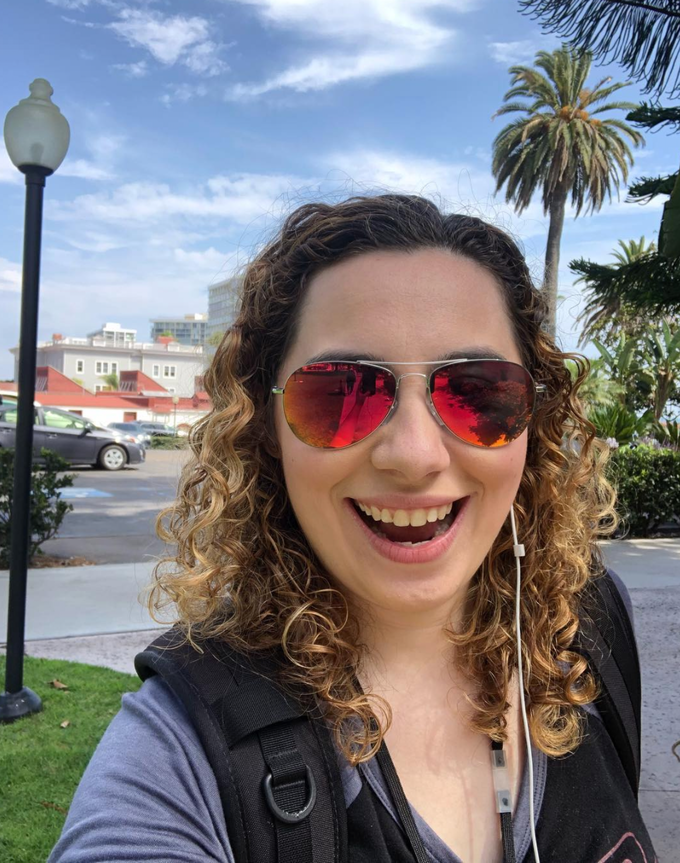Marvel imagines Japanese hero Ultraman as the inspirational superhero of our time
Finding the Marvel core inside the Japanese superhero Ultraman
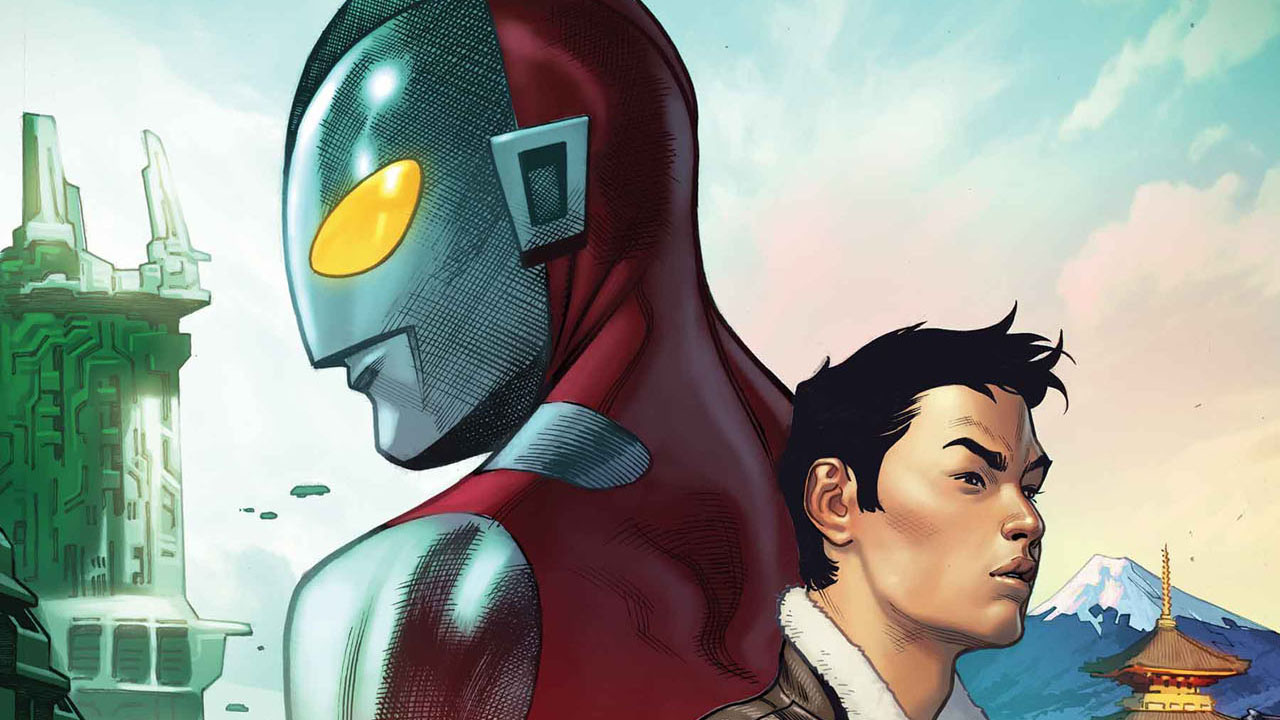
Marvel Comics has been home to a plethora of superheroes in its 80+ year history, but this week it's introducing someone quite different: the Japanese superhero Ultraman.
For many the face of Japan's tokusatsu superhero genre that includes the Power Rangers, Ultraman lands at Marvel this week for a unique partnership between its owners, Tsuburaya Productions, and the House of Ideas with a five-issue series called The Rise of Ultraman.
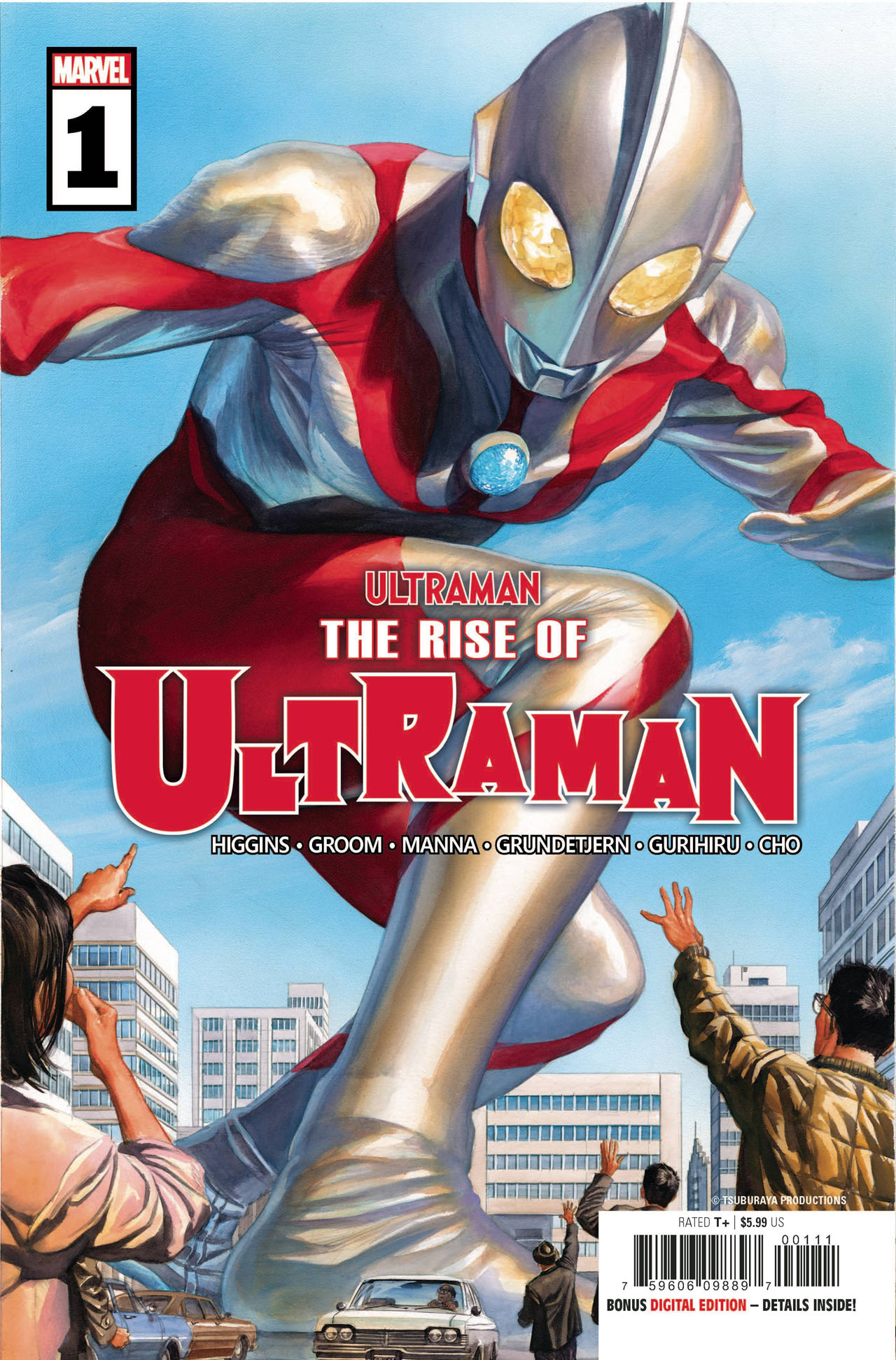
The Rise of Ultraman is written by Power Rangers alum Kyle Higgins and Power Rangers podcast host Mat Groom. The two met during the former's run on the Power Rangers comic, and their friendship turned into a collaboration to co-write comics such as Self/Made, the Dark Multiverse: Judas Contract one-shot for DC, and now this new project.
Newsarama spoke with Higgins and Groom about Rise of Ultraman, reimagining the Kaiju monster metaphor, and how this fits within the Marvel Comics pantheon.
Newsarama: Kyle and Mat, how did you come together to write Rise of Ultraman at Marvel?
Kyle Higgins: Mat and I go back several years, actually. We met when I was doing Power Rangers, along with one of his very good friends, who has now become one of my very good friends - Michael Busuttil. They ran a Power Rangers podcast where they watched episodes of the show and did reviews, and I did an early interview with them both when I first got the job on the book. I had so much fun talking to them that we started concocting plans to basically do something like a director's commentary interview on every issue as it came out.
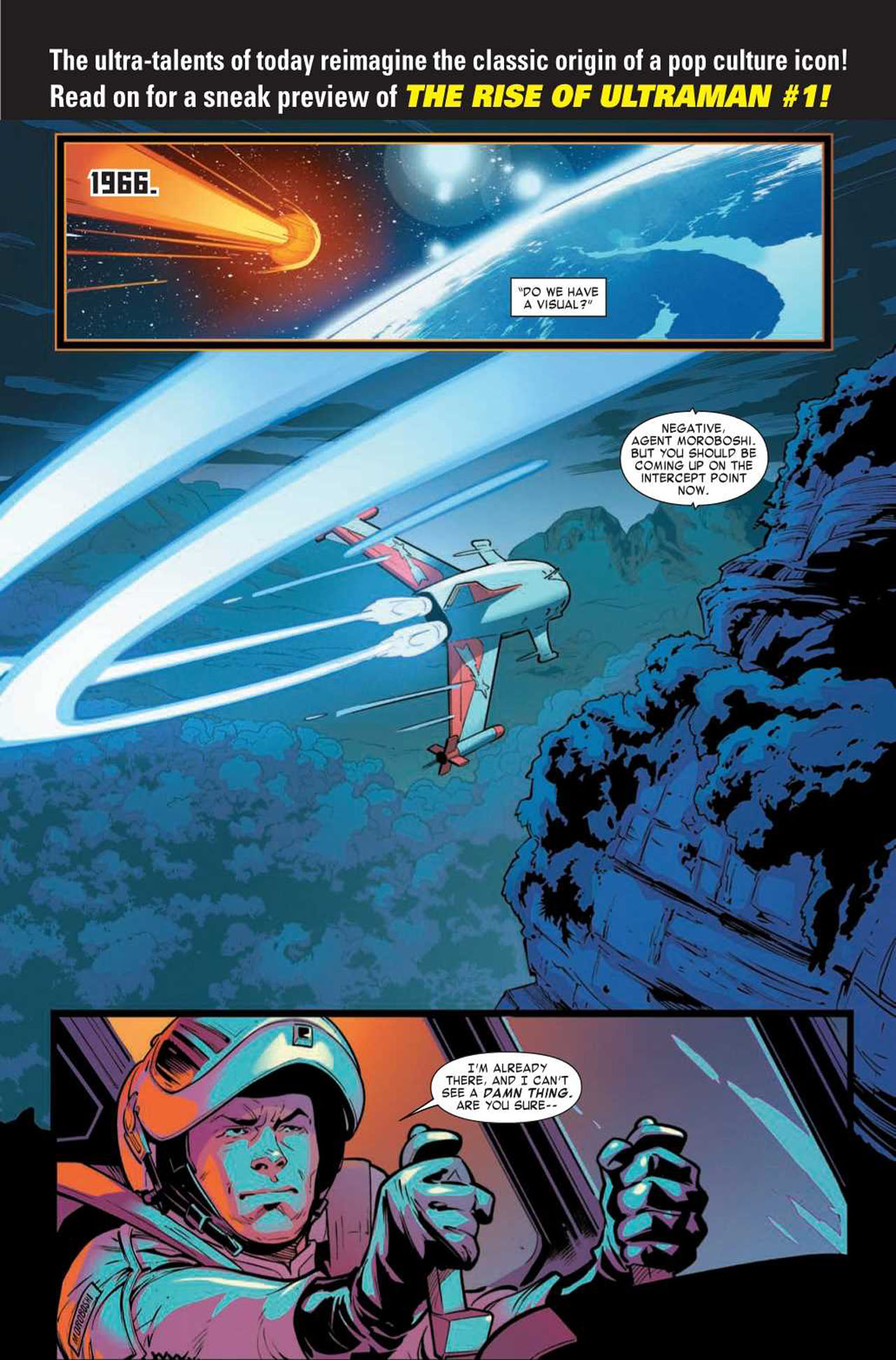
Then we just started talking more and more and more, and at a certain point Mat finally told me that he was a writer. We had gone about a year of communicating before he ever told me that not only was he a writer, but writing comics was the thing he wanted to do more than anything. It just happened to turn out that he is actually an exceptional writer. From that, I offered to start helping put together a creator-owned book with him. And that book became Self/Made with Eduardo Ferigato, Marcelo Costa, and Troy Peteri that came out from Image Comics last year.
Get the best comic news, insights, opinions, analysis and more!
From there, it was a natural tee up at DC when we were doing some Dark Multiverse one-shots last year, and Mat and I co-wrote the Judas Contract one-shot. About a month or two after that is when [Marvel's executive editor] Tom Brevoort reached out to me to ask if I had any sort of affinity for Ultraman. I told him I did, but I didn't know that much about the character. Tom walked me through what was going on - the fact that Marvel had acquired the license and partnered with Tsuburaya Productions and they were looking to do a big new comic book series in the U.S. market.
Tom wondered if I would have interest in putting together a take based on my previous work. I said 'Absolutely.' And I asked right off the bat if he would be open to me doing it with a co-writer because not only had Mat and I just done Judas Contract at DC, but more importantly, I felt and still feel that Mat is just an incredibly valuable collaborator on something like this. He has an inherent understanding of the spiritual and soulfulness that the genre is renowned for, and together we've been able to build something that is quite unique and specific to both of us as writers because we are quite different. But in the spirit of Ultraman, we very much are better together.

Mat Groom: I definitely agree with that. I think the ways that we're different complement each other really well on this book in particular. I think having the scope and the heart are the two things that Ultraman needs - the combination of our two styles when we find the right way to make them work together - feels right for this project.
Nrama: Mat, what was it like working for Marvel for the first time? I mean this has all happened rather fast from Power Rangers podcaster to indie creator to now working with Marvel? What's that rollercoaster been like?
Groom: It's been absolutely wild. It's really indescribable. And I think particularly because it's been such a unique journey for me, it's not like I can talk to anyone who's been through this particular version of the experience. Like, it's my first Marvel book and that's profoundly exciting, but also we are creating an entirely new universe as well - a re-imagining of the Ultraman universe.
It's not in the traditional Marvel universe. We're building an entire universe and history from scratch, and that's also a unique experience that I don't think many people get to be a part of. I feel extremely privileged and lucky.
Nrama: You just mentioned that Ultraman will be in his own universe. So, does that mean we won't really be seeing Ultraman interacting with other Marvel heroes or will Spider-Man show up in issue 2?
Higgins: There's definitely the potential for some sort of crossover down the line, but no, at this point Ultraman exists as a part of the ultra-multiverse.
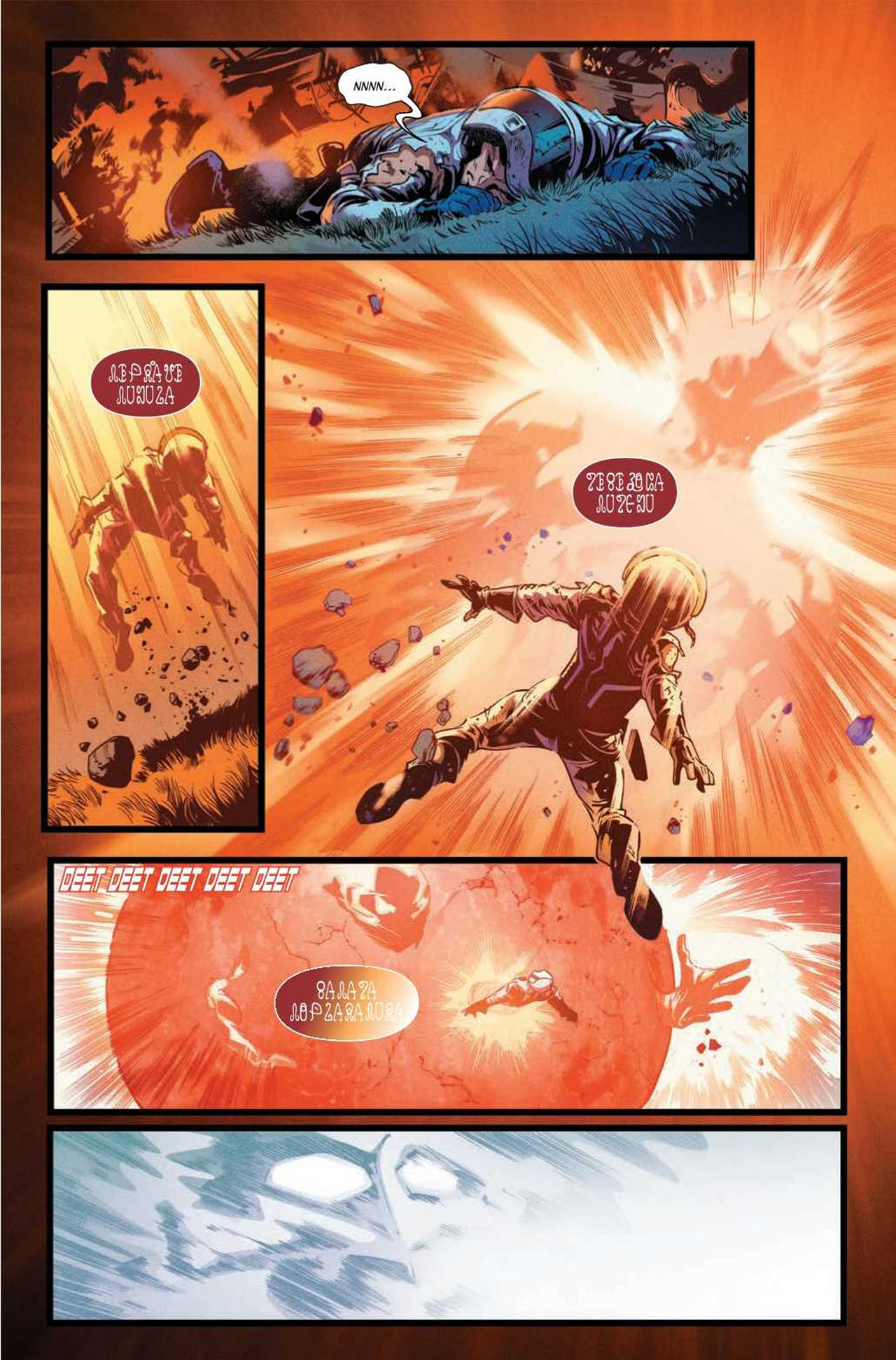
Groom: I think for a lot of people, Ultraman is relatively new. There may be some peripheral awareness of the character, but we want to communicate first who Ultraman is, what makes Ultraman great, and what makes his universe great before we start tying in any extra elements. We want to make sure Ultraman stands on his giant-sized feet first.
Nrama: What was it like taking such a massive character, at least in Japan, and re-introducing him for a new era of storytelling?
Groom: It was really interesting because, culturally, Japanese storytelling does a lot that's different from how we might typically approach it. But I think when you dig into the core of what Ultraman is, there's so much that's relevant. At the heart of Ultraman is the idea that there's a better way of living that we can all aspire to, and that's all the more important when the darkness that we face is growing in intensity.
And I think that anyone alive in the current moment, as much as it's a 57-year-old idea, is looking to find a better way to live and looking for inspiration on how to live better. There was just so much there to work with. At first, it was daunting, but the more we dug into it the more it revealed itself.
Higgins: And for us also, the prospect of doing this with Marvel was really exciting, because while on the surface it may not look like there's much commonality there between this legendary property that we in the West are not as familiar with as we are, say, the Marvel superheroes.
But if you look at the foundations of those Marvel heroes, they are all built on not only the flaws but the overcoming of flaws. The idea that we look at Spider-Man and we see ourselves, flaws and all, and how he is able to rise above any mistakes that he has made to become a better version of himself.
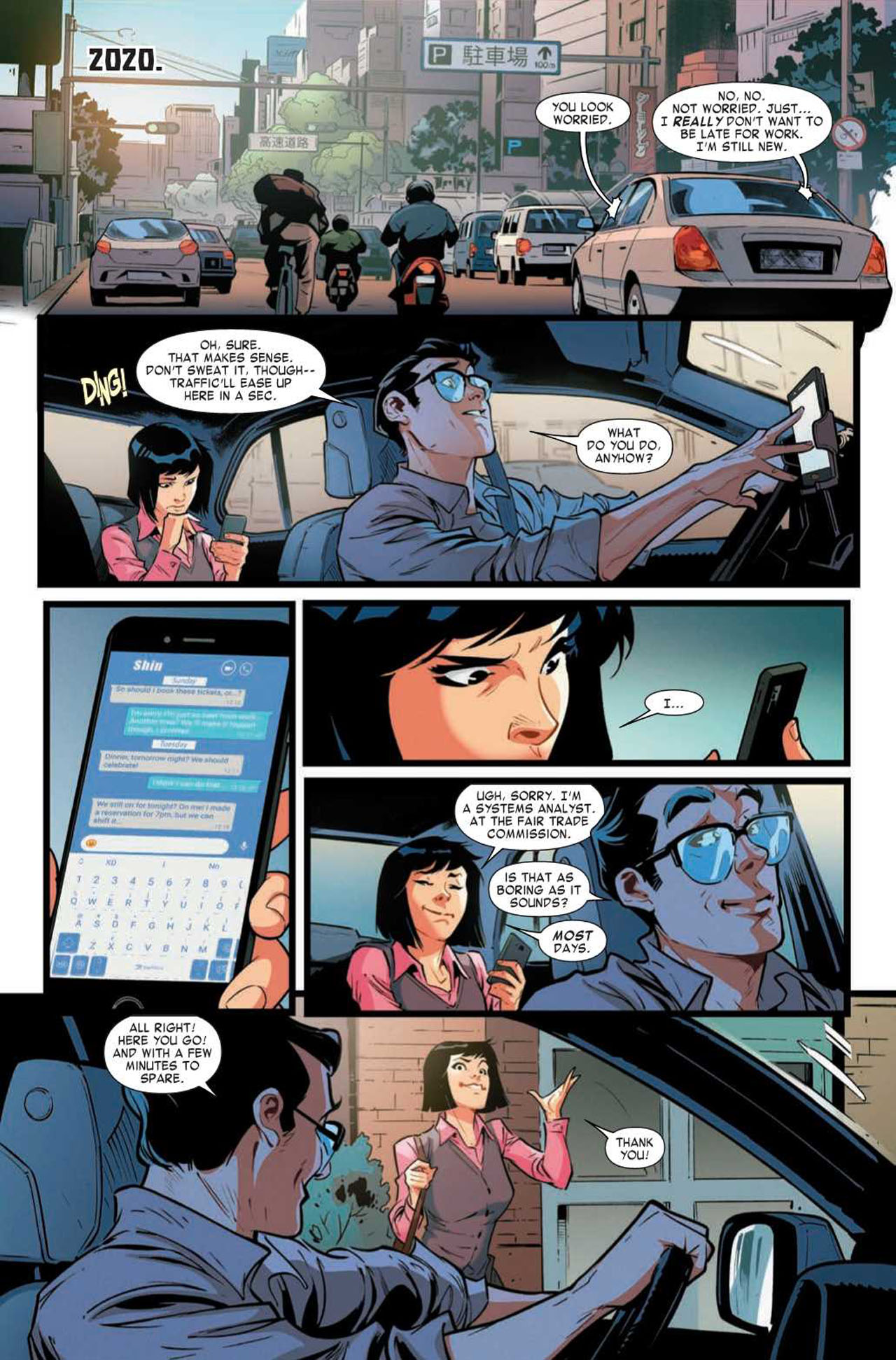
That's incredibly inspirational, and it's also the foundation of Ultraman and the Ultras way of being. The Ultras aren't coming here to be our saviors. They're coming here to help us self-actualize, to become better versions of ourselves flaws and all. To me, not only is that incredibly inspirational, but it just feels like such a lovely emotional and thematic fit with Marvel.
Groom: And I think as soon as you frame it as, what if all of us collectively were the prototypical Marvel character? It leads you into some interesting territory.
Nrama: What has interested you both in Japanese culture and storytelling to work on Ultraman?
Groom: I think the divergence in approach to storytelling is really fascinating to me because there's so much to be learned from the willingness to embrace very artistic expressions of ideas or very intricate conceptual metaphors for things. Where in the West, perhaps we like a little bit more straight down the middle type of storytelling. The freedom of creativity there is really inspirational.
But then again, the more you dig into it the more you find commonality - the human stories, human ideas. It's so cliché to say, but there's more that binds us together than separates us, but then finding the differences in expression and where we can take inspiration, that's where you can find the joy in feeling like you're bringing something new to the table.
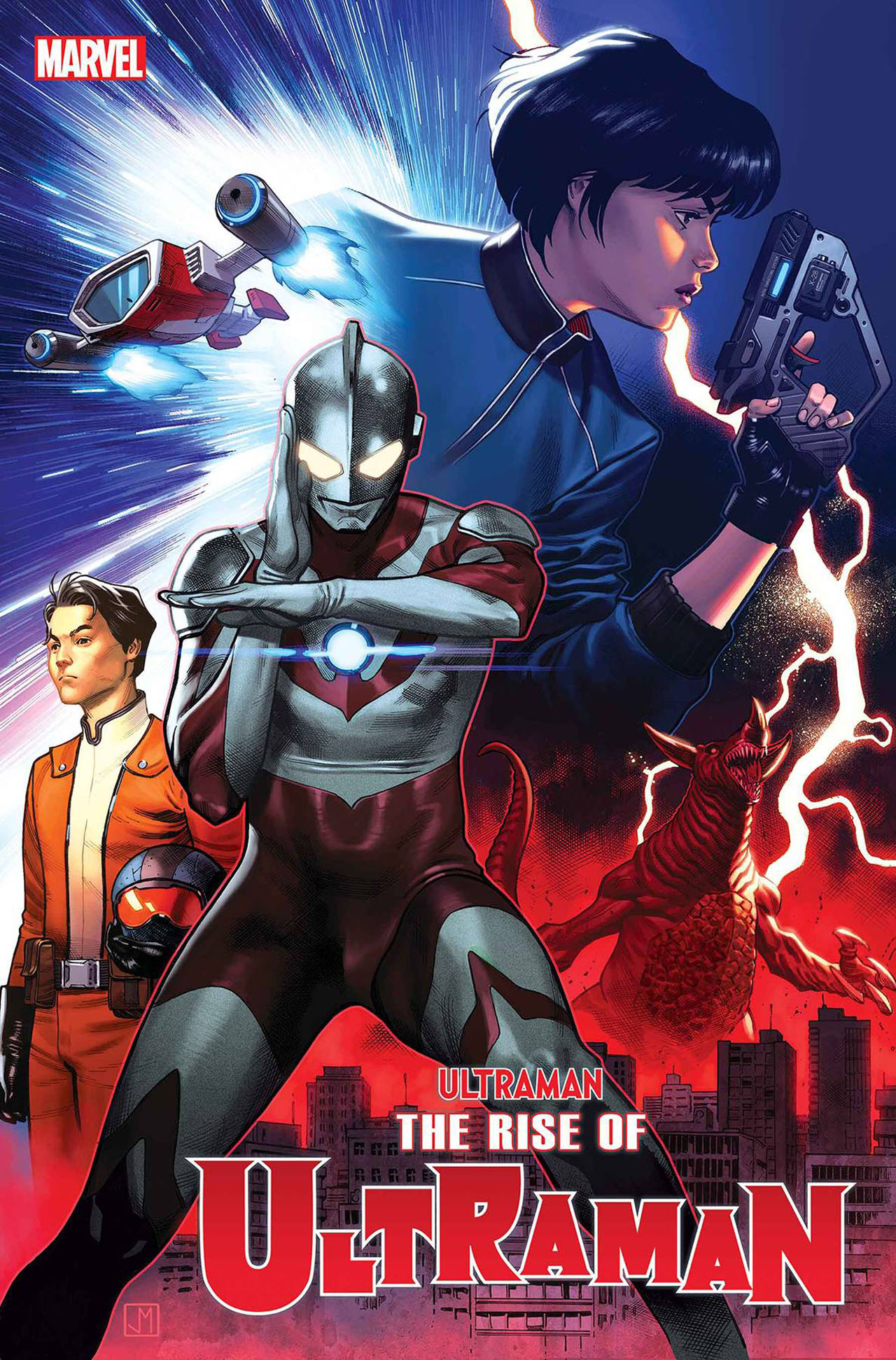
Higgins: I would echo that. And I would also say that - as I just kind of mentioned a few minutes ago - for lack for a better term, there's also the soulfulness that's at the heart of so much of the source material that I'm still learning about and discovering, which is something that you don't see quite as much with some of the Western superhero content that we've had over the decades.
Maybe that's a really reductive way of saying it just feels different to me. There are different sensibilities both emotionally and narratively. Especially at this point in my life both as a reader and a creator, some of those different stylistic distinctions are incredibly fascinating to me to explore.
Nrama: Kaiju is most synonymous with film. How did you want to adapt this type of storytelling to the comic book medium?
Higgins: I have to first give a huge props to Mat, because at the core of the series, which you won't learn for a few issues here, but at the core of this series is a reimagining of the central metaphor that Kaiju represent. That was actually one of the first pieces that locked into place as we were developing our take for this version of Ultraman, as well as what the Kaiju would be in our universe. Without spoiling too much, I think our take here is very modern and very relevant - much like some of the best live-action Kaiju stories ever made, things like Godzilla that become an allegory for the issues of the day.
Groom: Continuing on with that idea, what makes films like Godzilla really fantastic is that they have that element of meaning. It's not just spectacle for spectacle sake, although it is also fantastic spectacle. It looks incredible. And I think what Francesco Manna, the artist on the series, is doing with scale is spectacle for sure. He's so impressive at handling that scale.
Seeing that wonder again through a new medium reminds you of why you thought it was so cool in the first place because it comes from the same place, but, of course, comics is a different medium, and it gives you a different feeling. They can capture something slightly different as they are seeing something absolutely leviathan intruding on their people's scaled lives.

Nrama: So how is Francesco Manna doing drawing all this?
Higgins: It sounds like such a no brainer. In order to draw an Ultraman comic, you have to be good at conveying scale. But, it's much harder than you might think. The juxtaposition between characters and their environments and figuring out how to make that work not only on a page-by-page basis but on a panel-by-panel basis is incredibly challenging. Not only is Francesco very much rising to the occasion, pun intended, but the character work and the performances that he's creating are really next level.
To be able to have both of those qualities in an artistic partner, it's a testament to Tom Brevoort and the editorial team at Marvel for looking at Francesco's work and believing he was ready to take the next jump in his career. But it also feels like an incredible privilege for us to be able to work with such an immense talent who is only getting better and better. We really think this is going to be his breakout series.
Nrama: Kyle, you've done plenty of work on Power Rangers (and with both franchises originating from Japan) what made you want to work on Ultraman following your run on Power Rangers?
Higgins: I didn't know that much about Ultraman, but to be fair, I didn't know that much about Power Rangers when I started on that series either. So, for me, the opportunity to come at something brand new, from a franchise standpoint, and to start doing deep dives and become a fan, but also look at it from a more objective lens because I'm approaching it now as a writer. I always love those challenges. The fact that it also is connected to this genre of storytelling that I have found myself increasingly drawn to over the years was just a bonus.
I should also say too that Tom was my very first editor in comics when I was 23 years old. I did my first book for him. So, the opportunity to come back and work with Tom again as well as Alanna Smith, who I did the Winter Soldier mini-series with a few years ago with Rod Reis - that was just kind of too good of an opportunity to pass up and also being able to bring Mat in and help expose him on a larger stage he's been on before.
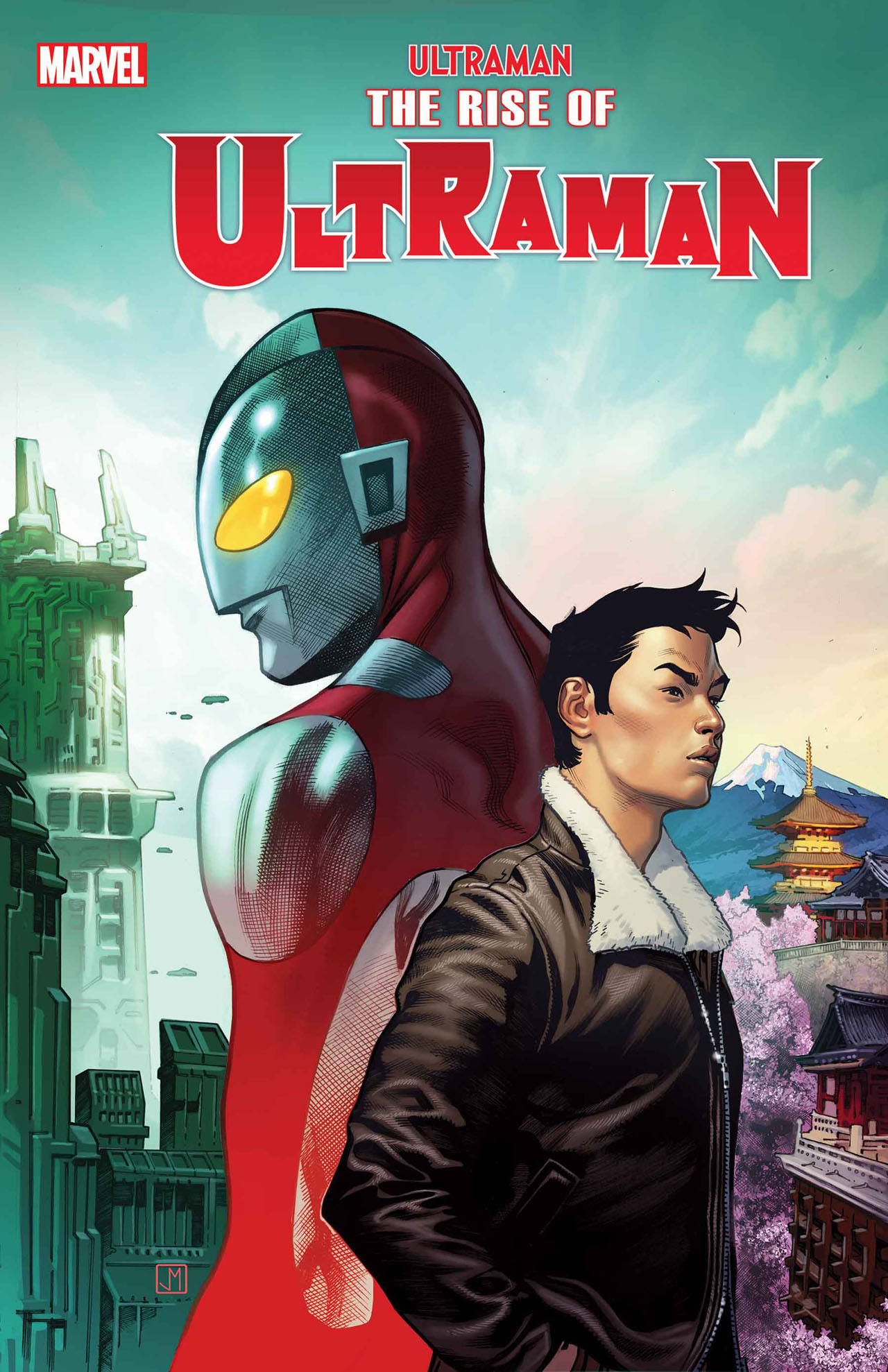
Nrama: Would you like to work on more Ultraman following this mini?
Higgins: Let me put it this way. We may or may not have submitted outline ideas for… how many issues, Mat?
Groom: I would be more comfortable with saying 'very many.'
Higgins: There we go. Let's go with that. That's not to say that's happening, but we absolutely have very big and bold plans. Everything in issue one matters.
Groom: I think it comes back to the fact that we are creating a universe with an entirely new history, and a history that spans decades. So, to make sure that what we were building was robust and could be the foundation for years and years of stories to come, we had to have a sense of what stories for years to come could be.
Of course, we would absolutely love to have more opportunities to tell those stories in these worlds. We'll see what happens, but if the opportunity comes, I think we're both very much ready and enthusiastic for those opportunities.
Nrama: Does this limited series set things up for spin-off titles?
Higgins: No comment! [Laughs]
Kat has been working in the comic book industry as a critic for over a decade with her YouTube channel, Comic Uno. She’s been writing for Newsarama since 2017 and also currently writes for DC Comics’ DC Universe - bylines include IGN, Fandom, and TV Guide. She writes her own comics with her titles Like Father, Like Daughter and They Call Her…The Dancer. Calamia has a Bachelor’s degree in Communications and minor in Journalism through Marymount Manhattan and a MFA in Writing and Producing Television from LIU Brooklyn.
